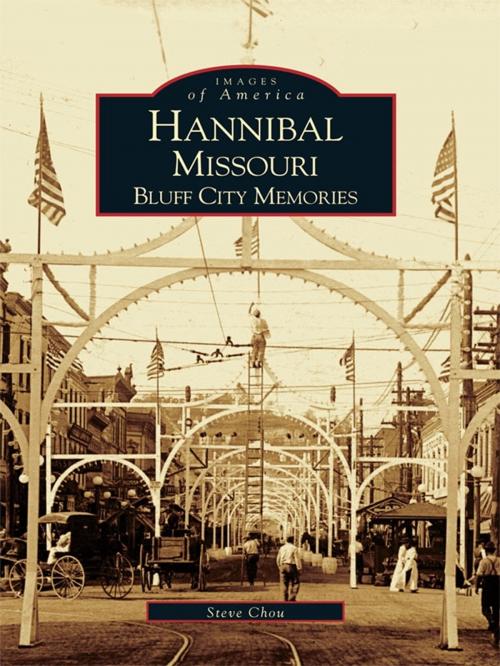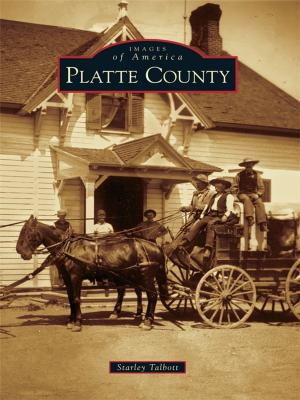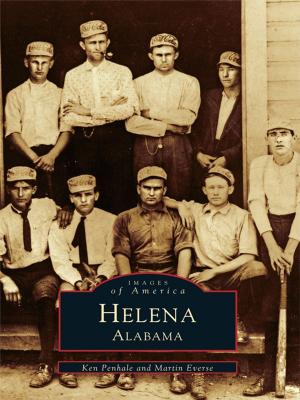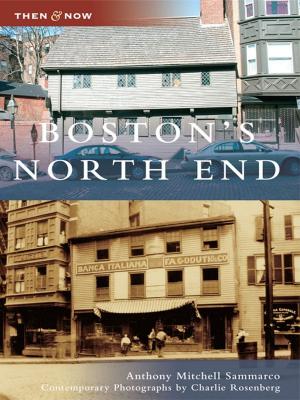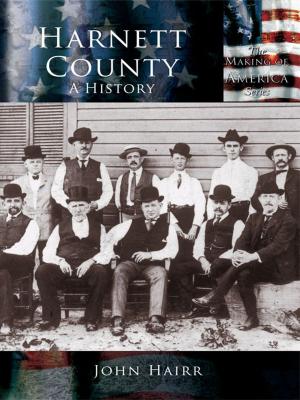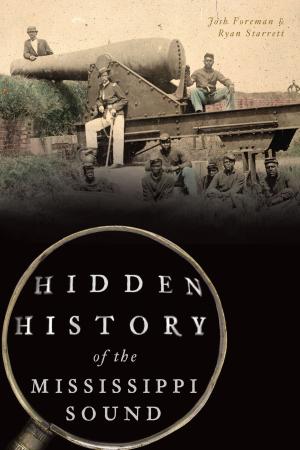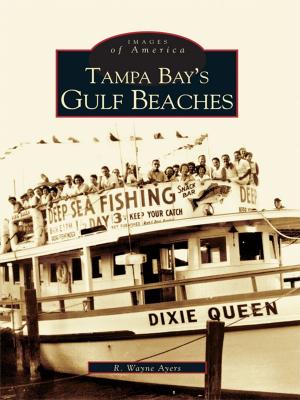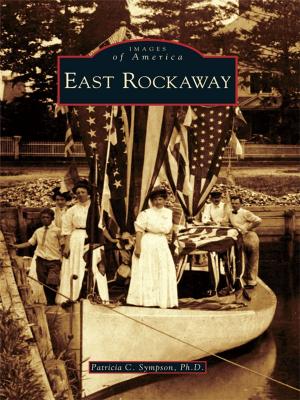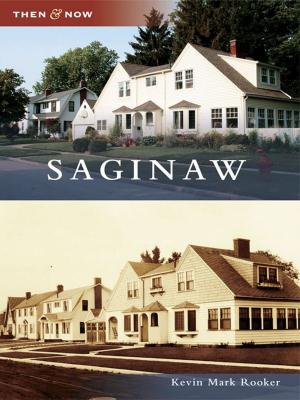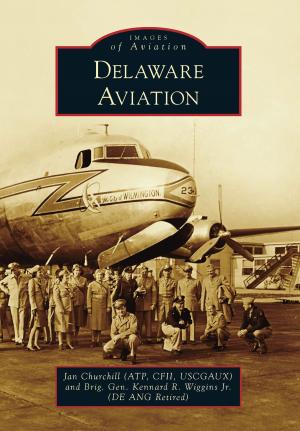Hannibal, Missouri
Bluff City Memories
Nonfiction, Travel, Pictorials, Art & Architecture, Photography, History| Author: | Steve Chou | ISBN: | 9781439613580 |
| Publisher: | Arcadia Publishing Inc. | Publication: | October 9, 2002 |
| Imprint: | Arcadia Publishing | Language: | English |
| Author: | Steve Chou |
| ISBN: | 9781439613580 |
| Publisher: | Arcadia Publishing Inc. |
| Publication: | October 9, 2002 |
| Imprint: | Arcadia Publishing |
| Language: | English |
Hannibal, Missouri, founded in 1819 on the Mississippi River, has come a long way from its humble beginnings when it was home to only 30 residents. During the late 1800s, millions of feet of lumber were processed in its mills. By 1905, Hannibal had become a major rail hub, with over 50 passenger trains arriving daily. Today, Hannibal honors the memory of its most famous citizen, Mark Twain, and thrives on the legacy of the everyday people who built this idyllic river town. With over 200 historic photographs, Bluff City Memories explores the town that Twain made famous. These images recall festivals, floods, fires, and buildings that are now long gone. They also document events such as President Theodore Roosevelt's speech to a crowd at Union Station in 1903, and the aftermath of a shootout involving 1930s desperado John Dillinger.
Hannibal, Missouri, founded in 1819 on the Mississippi River, has come a long way from its humble beginnings when it was home to only 30 residents. During the late 1800s, millions of feet of lumber were processed in its mills. By 1905, Hannibal had become a major rail hub, with over 50 passenger trains arriving daily. Today, Hannibal honors the memory of its most famous citizen, Mark Twain, and thrives on the legacy of the everyday people who built this idyllic river town. With over 200 historic photographs, Bluff City Memories explores the town that Twain made famous. These images recall festivals, floods, fires, and buildings that are now long gone. They also document events such as President Theodore Roosevelt's speech to a crowd at Union Station in 1903, and the aftermath of a shootout involving 1930s desperado John Dillinger.
